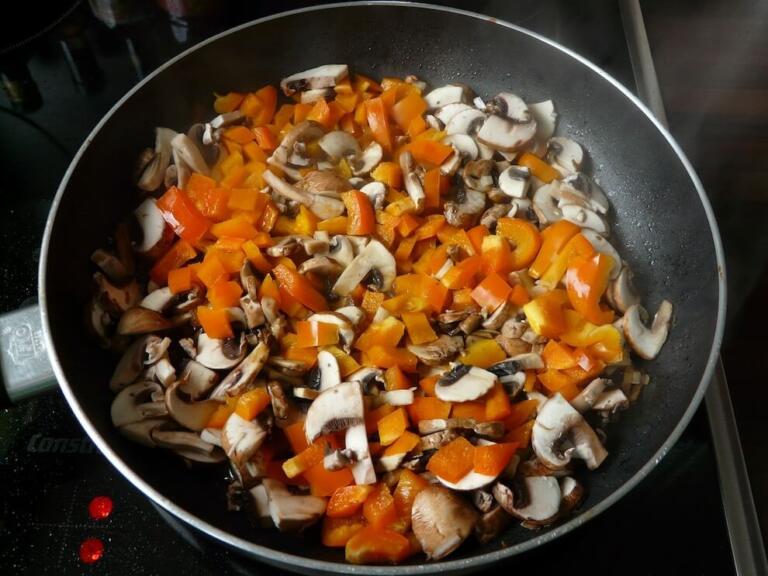The whole world has heard of Pompeii and the catastrophe that befell it, and even after so many years, we are still fascinated. The catastrophe itself is what made the ancient roman city famous, along with the volcano Vesuvius that caused the destruction.
Pompeii was violently and abruptly devastated by the volcanic eruption in 79 AD. The sad fate of the people in the city provided a snippet into their everyday lives. These aspects of how Romans lived would have otherwise not come to light.
New discoveries
Modern archaeology uncovered trove after trove of Roman artifacts, that revealed many aspects of ancient roman life. Recently one new discovery has been made in Pompeii of a food shop. It’s called a thermopolium, a combination of the greek “thermos” for hot and “poleo” for sell.
A typical thermopolium had a room attached to a house with a stone counter in the front. The counter has a row of clay jars embedded into them to store the food for potential buyers.
In March 2019 the new thermopolium was unearthed and its state of preservation stunned archaeologists. Its frescoes were still intact with beautifully collored depictions of animals. A pair of ducks, a leashed dog, a rooster, and a nereid, a nymph riding a horse adorne the shop. Some of the animals might have depicted ingredients contained in the food.
What Romans ate
This particular food stall is a special one as remnants of food have been found. This paints a vivid picture of ancient roman meals. Remnants of snails, ducks, goats, and pigs have been found as well as crushed fava beans, used to spice wine. More than 80 such food stands have been uncovered from the ashes of Pompeii, but none fully intact as this one.
Massimo Osanna, the director-general of the Archaeological Park of Pompeii has also expressed his enthusiasm at having the opportunity to study a thermopolis so intact. Along with the food remnants, tools have also been found including a wine flask, ceramic jars, and bronze drinking bowl. Another interesting aspect of the find is graffiti scribbled with a homophobic slur, on top of the dog drawing.
Of course, excavating the site of Pompeii will inevitably uncover a human body. Here too human remains have been found. One body of a 50-year-old man was discovered in the back of the stall near a bed, possibly the owner of the food stall, that might have been the one to close the stall in haste. A second man’s remains were found near the stall, possibly a fugitive trying to find some food as the burning vapors took his life.
Conclusions
Pompeii was a rich city in Roman times, with a population of around 13 000 when it was destroyed and buried under pumice stone and ash. Two-thirds of the city has been excavated and it still has many mysteries yet to be discovered, as we have now seen the diversity of roman cuisine, popular with the working class. The future only knows what still lies buried.



Leave a Comment